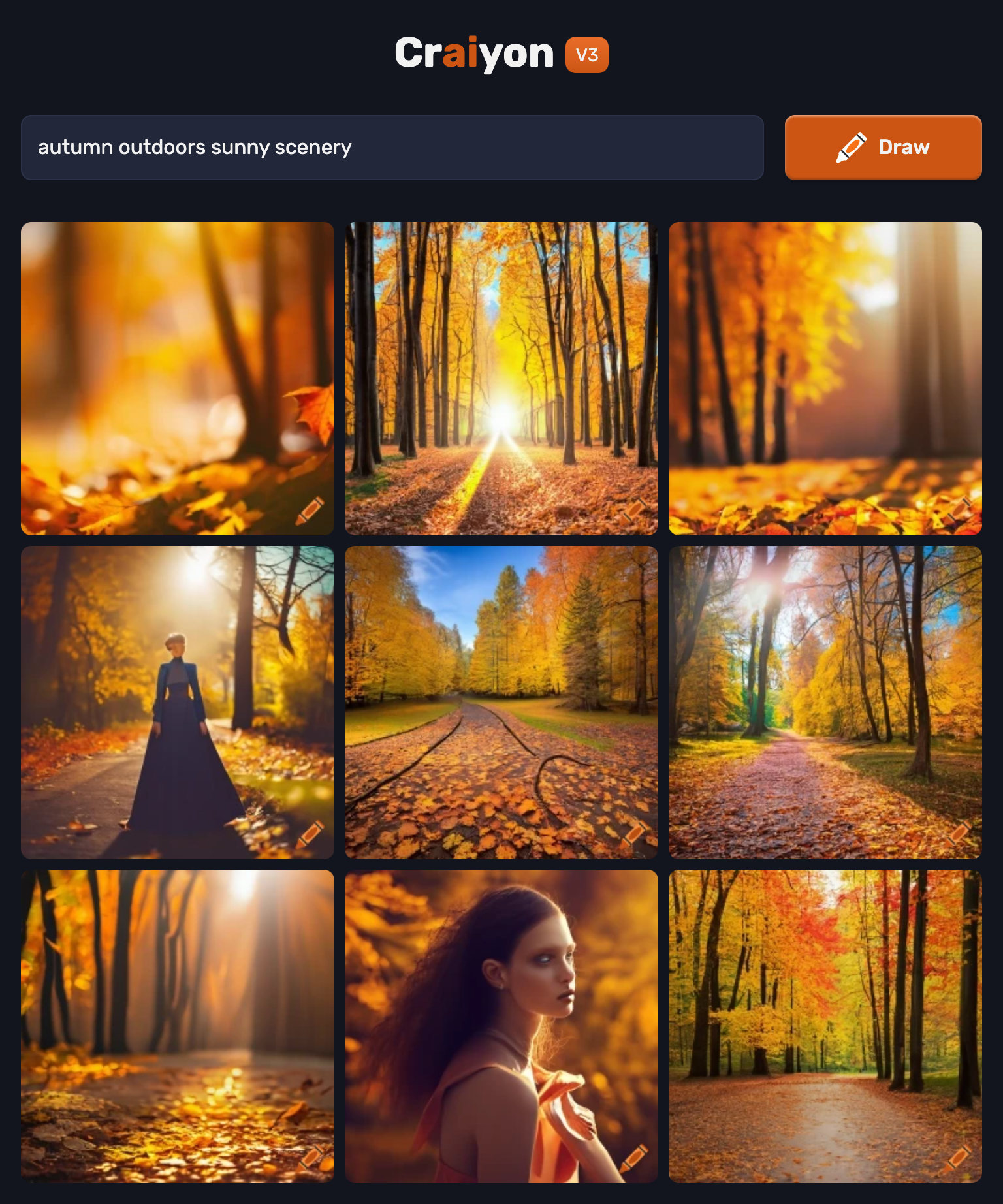I provided Craiyon 4 text prompts focused on seasons, which yielded the images below:




None of the images look truly ‘realistic’ although I asked for photographs to be generated rather than artwork. Each prompt was the same, save for the season itself. The colour palettes are all similar to what we in North America associate with each season, but the images themselves are unnatural; edges to objects are blurred out, stems from flowers are missing, etc.
Overall, these images were both what I had in mind, and yet, they completely differed from what I would have liked to see. The four images provided showcased an understanding of the seasons which are very stereotypical in more temperate northern biomes, such as the more populated regions in North America. This could be due to the fact that these regions experience the four seasons to greater extremes than more tropical, savannah, or arctic regions with less fluctuations in seasonal palettes and types of precipitation. However, it could also indicate a bias towards these regions; thinking back to the map of connections and nodes in Module 9, this bias is plausible.
Another thing which differed from what I was expecting was the inclusion of people. Although I did not ask for people to be included, each prompt included at least one or two images of people- based on appearance, they mostly are white women. While their faces are never accurate nor normal, which is common in AI-generated content, the fact that almost all the people included had conventionally attractive features or silhouettes based on common representations in media provides more evidence for the ways that AI can be biased through the databases from which it pulls information.
AI pulls information from available user-generated content. Programs like Lensa (Beach, 2022) have only grown more powerful through the amount of content being uploaded and signed away through licence agreements about which most users may be in the dark. I would venture a guess and say that much of the images that are linked to seasons (through hashtags or other content identifiers which the algorithm can pick up) is produced by certain demographics, which leads to them becoming more commonly depicted in these images. The algorithm is being trained on the largest content creation markets, and so the values of more powerful, more ‘online’ nations and societies are being projected as the norm from which these algorithms can pull information.
References
Beach, C. (2022, December 7). The AI Portrait Generator Lensa Makes Our Dystopian Nightmares a Reality. PRINT Magazine. https://www.printmag.com/design-news/lensa/
Hall, D. (n.d.). 99% Invisible (No. 382). Retrieved December 12, 2022, from https://99percentinvisible.org/
Heilweil, R. (2022, December 7). AI is finally good at stuff. Now what? Vox. https://www.vox.com/recode/2022/12/7/23498694/ai-artificial-intelligence-chat-gpt-openai
Mars, R. (Host). (2017, September 5). The Age of the Algorithm (no. 274) [Audio podcast episode]. In 99 Percent Invisible.
O’Neil, C. (2017, April 6). Justice in the age of big data. TED. Retrieved August 12, 2022.
TED-Ed. (2013, May 20). What’s an algorithm? – David J. Malan. [Video]. YouTube.
